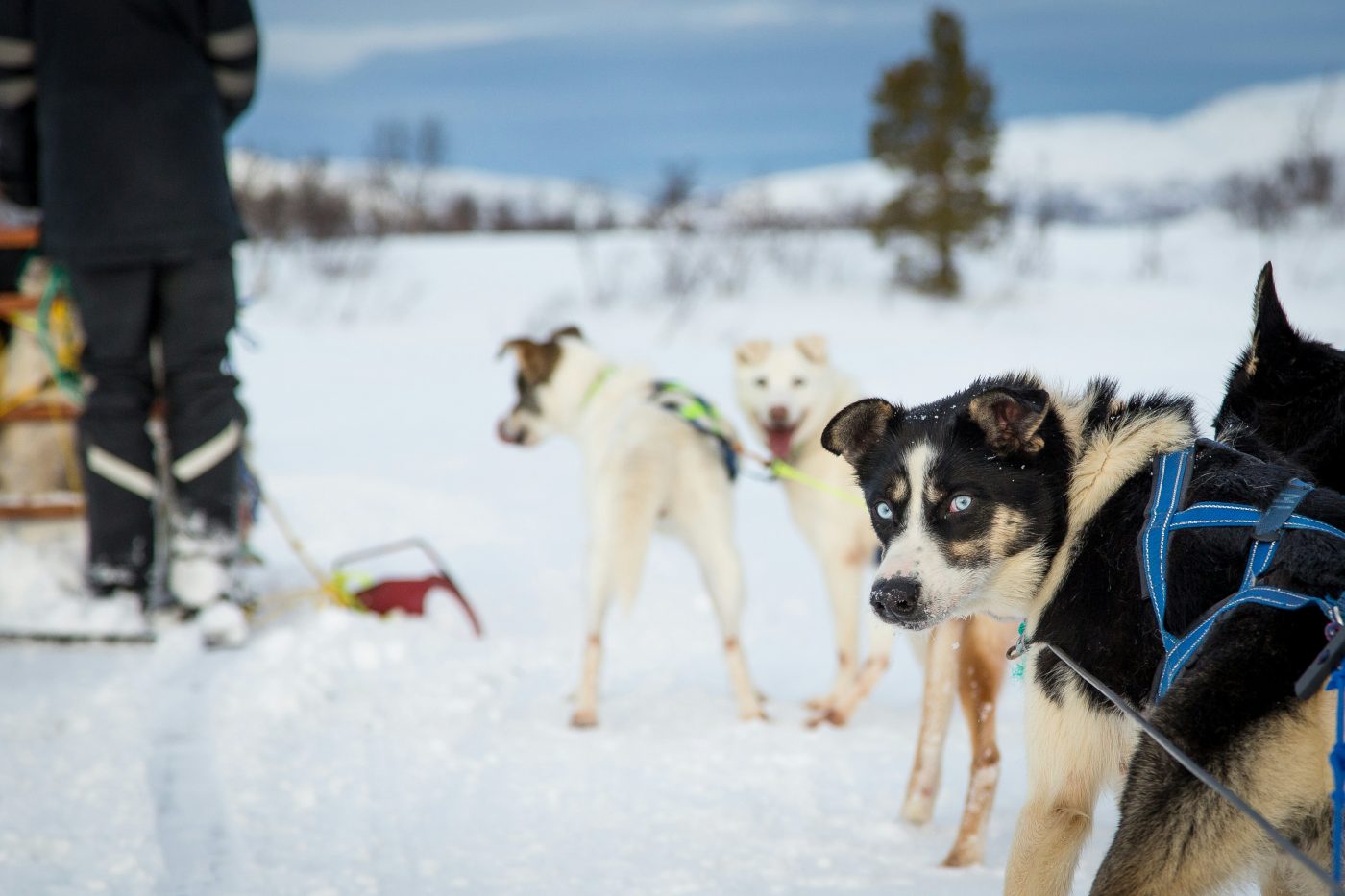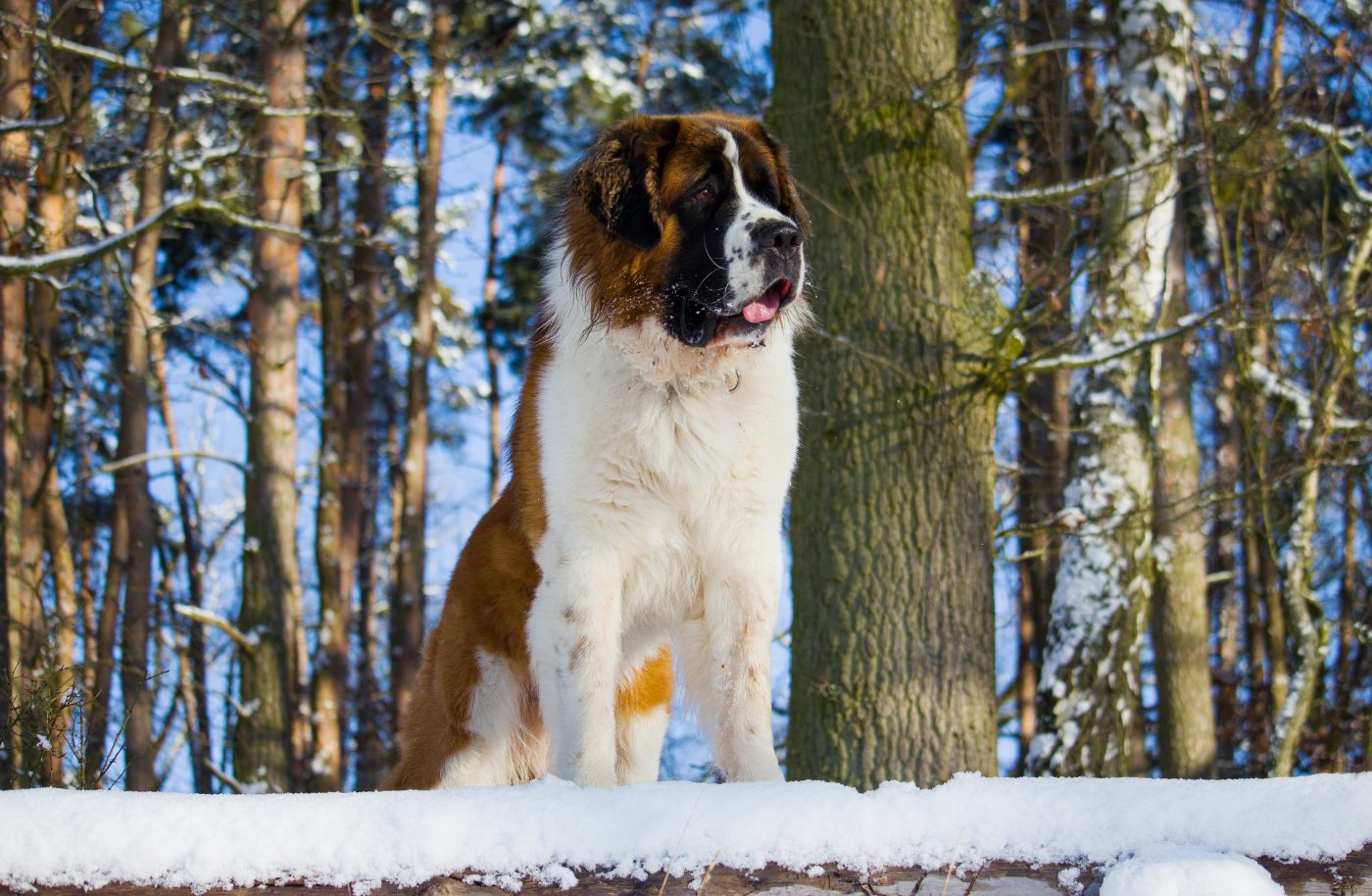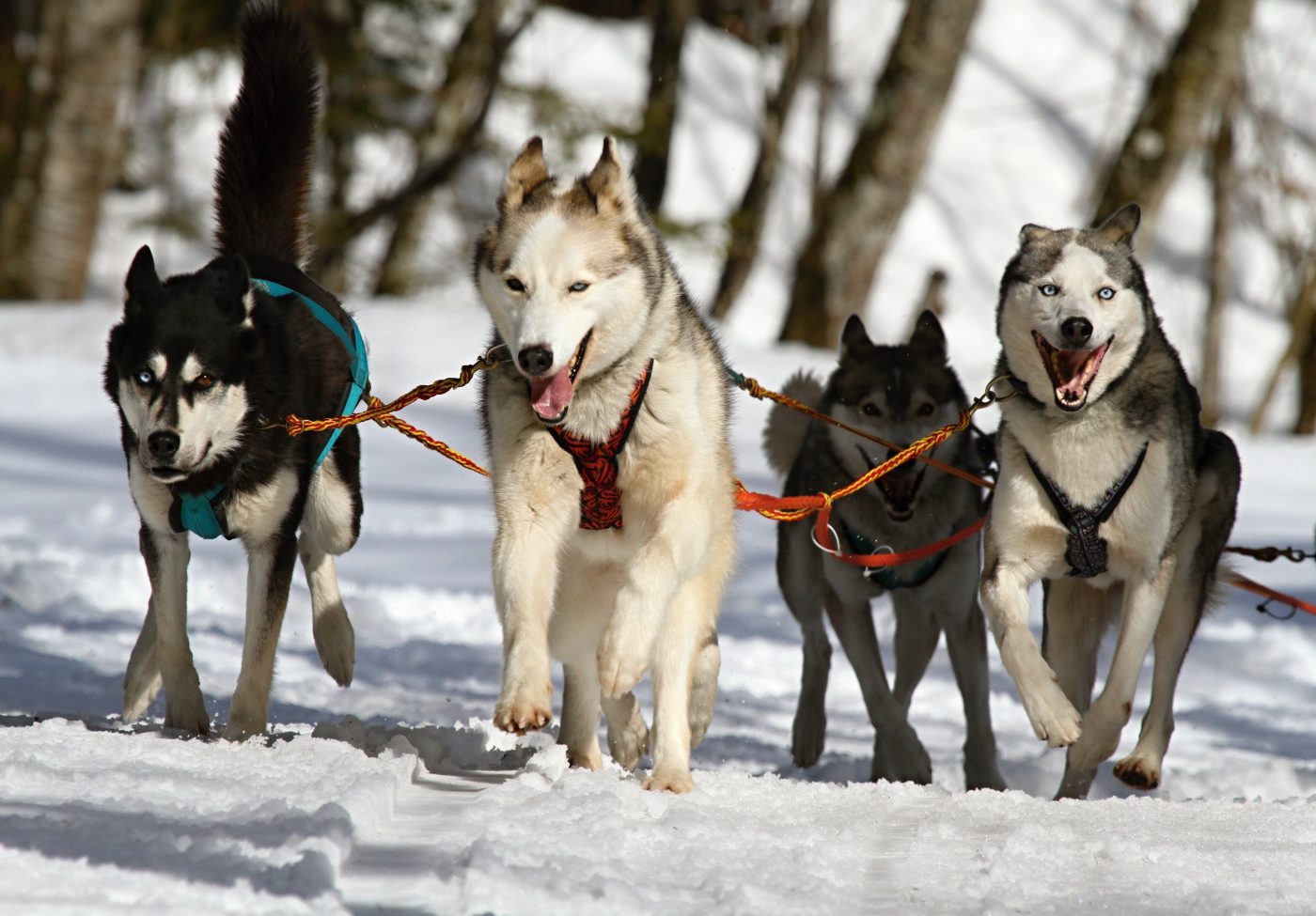Navigation, a skill essential for survival in the wild, is a trait that certain dog breeds have honed to an exceptional level. These breeds, known for their remarkable ability to navigate through various terrains and environments, have been invaluable to humans for centuries. Whether it’s finding their way home over long distances, leading expeditions through challenging landscapes, or tracking scents in search and rescue operations, these dogs demonstrate extraordinary spatial awareness and problem-solving skills. In this article, we will explore seven dog breeds renowned for their navigation abilities. Each of these breeds showcases unique characteristics and instincts that make them adept navigators, whether through dense forests, over vast plains, or in urban jungles.
1. Bloodhound
The Bloodhound is legendary for its tracking abilities, making it an exceptional navigator, particularly in search and rescue operations. Known for their extraordinary sense of smell, Bloodhounds can follow a scent trail for miles, even days after it has been laid. This breed’s ability to follow a complex scent trail through varied terrains demonstrates their incredible navigation skills. Bloodhounds have been used for centuries to track lost people and fugitives, relying on their acute olfactory senses to lead them to their target. Their determination and focus when on a scent make them relentless in their pursuit, showcasing their innate ability to navigate challenging paths.

2. Alaskan Malamute
Alaskan Malamutes, renowned as powerful sled dogs, possess remarkable navigation skills in snowy and icy environments. Bred by the Inuit for heavy freighting in the Arctic, they are equipped to navigate through harsh winter landscapes. Malamutes have an innate sense of direction and an ability to find the safest and most efficient paths through treacherous icy terrain. Their strength and endurance also aid them in covering long distances, often in conditions that are challenging for human navigation. These traits make the Alaskan Malamute an indispensable breed in regions where traversing snow and ice is a part of daily life.

3. Saint Bernard
The Saint Bernard is famous for its role as a rescue dog in the Swiss Alps, where it navigates through dangerous snowy landscapes to find and save lost travelers. This breed’s ability to find the safest and quickest routes in the snow-covered terrain is legendary. Saint Bernards have an inherent sense of direction and an uncanny ability to detect impending avalanches, making them invaluable in mountain rescue missions. Their large size and robust build allow them to move through deep snow and endure cold temperatures, essential for navigating alpine environments.

4. Labrador Retriever
Labrador Retrievers are not just popular pets; they are also skilled navigators, especially in water. Originally bred to retrieve fishing nets and escapees from fishing lines, Labradors have an innate ability to navigate through water. They are excellent swimmers, capable of finding the most efficient routes in both still and moving waters. Labradors’ navigation skills are also utilized in search and rescue operations, where they are trained to locate people in various aquatic environments. Their keen sense of smell, combined with their love for water, makes them adept at tracking scents over and through water bodies.

5. Australian Cattle Dog
The Australian Cattle Dog, bred for herding cattle over vast Australian landscapes, is known for its exceptional navigation skills in wide-open spaces. These dogs have a natural ability to find the most direct paths across unfamiliar and challenging terrains. Their stamina and resilience allow them to cover long distances, often in harsh and hot environments. Australian Cattle Dogs are not only adept at moving cattle efficiently but can also find their way back over long distances, demonstrating their innate sense of direction and problem-solving skills.

6. Siberian Husky
Siberian Huskies, bred by the Chukchi people of northeastern Asia for sled pulling, are renowned for their ability to navigate in Arctic conditions. These dogs have an incredible sense of direction, able to find their way through blizzards and over frozen landscapes where visual landmarks are scarce. Their endurance and ability to work as a team also contribute to their exceptional navigational skills. Huskies have been used in numerous polar expeditions and have a history of delivering life-saving medicine across vast, snowy terrains, showcasing their remarkable ability to navigate challenging and often treacherous environments.

7. Belgian Malinois
The Belgian Malinois, although more commonly known for police and military work, also has excellent navigation skills, especially in urban and combat environments. These dogs are trained to navigate complex terrains, from dense urban areas to rugged, rural landscapes. Their agility, intelligence, and trainability make them adept at finding their way through obstacles and challenging paths. Malinois are often used in search and rescue missions in disaster-stricken areas, where they navigate through rubble and debris to locate survivors, demonstrating their versatile and keen navigational abilities.

These seven dog breeds, each with their unique navigation skills, play vital roles in various environments, assisting humans in ways that often go beyond our capabilities. From the scent-following prowess of the Bloodhound to the ice-traversing expertise of the Alaskan Malamute, these breeds demonstrate remarkable abilities in spatial awareness, direction finding, and problem-solving. Their skills are a testament to their intelligence, adaptability, and the deep connection they share with their environment and human companions. In recognizing these breeds for their navigational abilities, we not only appreciate their contribution to human endeavors but also gain insight into the remarkable ways in which dogs perceive and interact with the world around them.
 Toledo, United States.
Toledo, United States.